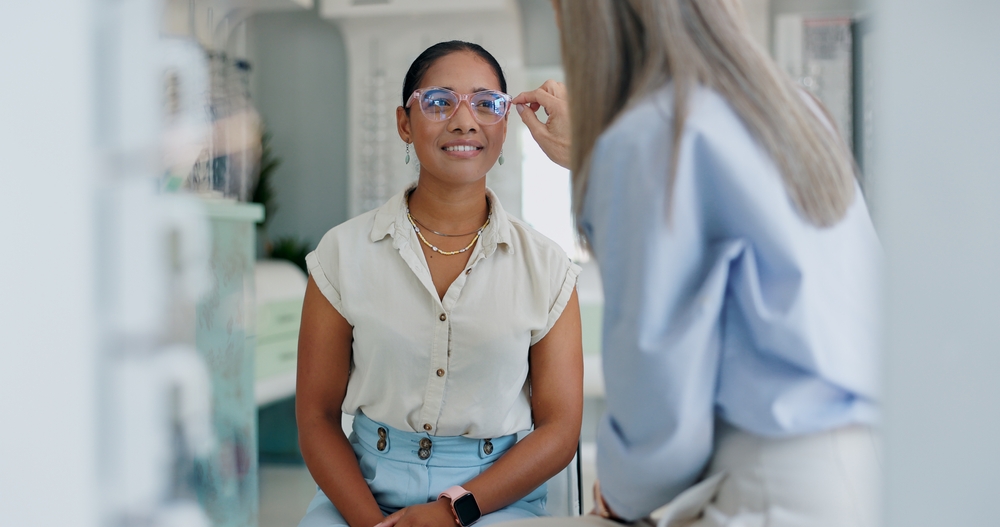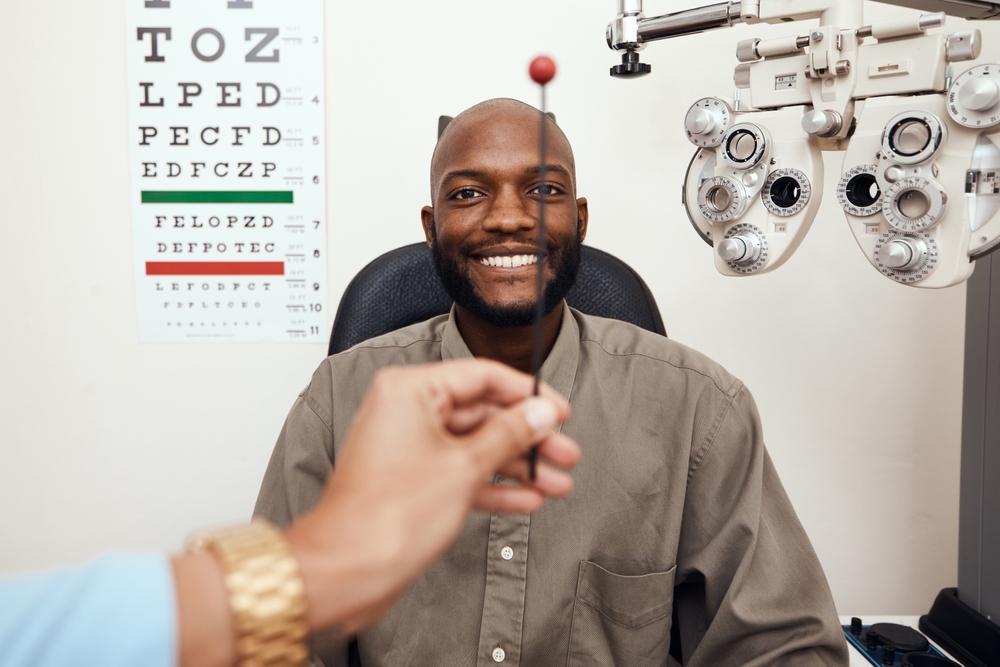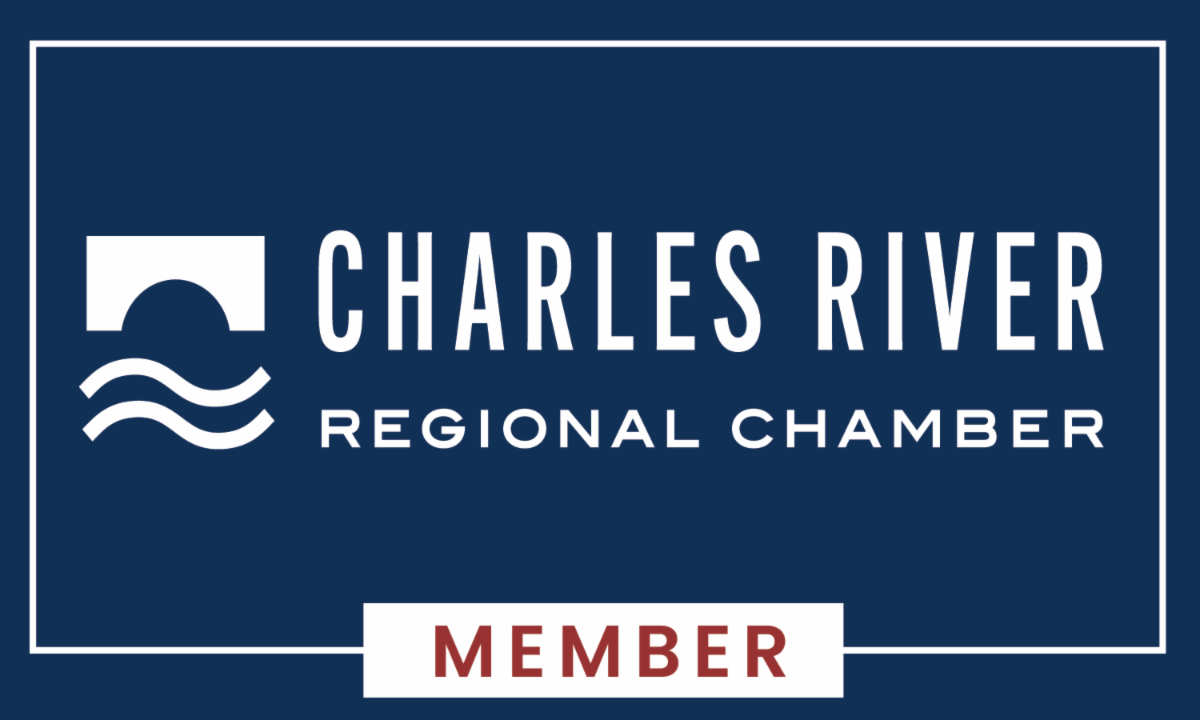Myopia in Kids: What Parents Need to Know About Slowing It Down
Blog:Myopia in Kids: What Parents Need to Know About Slowing It Down

If your child is nearsighted - or you're starting to suspect they might be - you're not alone. Myopia (also called nearsightedness) is on the rise worldwide, especially in school-age children. But here’s the good news: we now have proven tools to slow it down, and even prevent it in some cases.
At Bright Eyes Needham, we’re committed to helping kids not only see clearly today but protect their vision for the future. Here's what every parent should know about the latest recommendations in myopia management.
What Is Myopia and Why Does It Matter?
Myopia means your child can see things up close clearly, but things in the distance (like the board at school or road signs) are blurry. It happens when the eye grows too long from front to back and once that process starts, it often progresses throughout childhood.
But this isn’t just about glasses. Higher levels of myopia are linked to increased risk of serious eye diseases later in life, including retinal detachment, glaucoma, and myopic maculopathy.
What About Kids Who Aren’t Myopic Yet?
We also now recognize a stage called pre-myopia — when a child’s eyes are showing early signs that they’re likely to become nearsighted, even if they don’t need glasses yet. Early detection matters:
We can intervene before the prescription starts changing
We may prevent or delay myopia onset altogether
We can build strong visual habits and reduce risk factors early
At Bright Eyes, we screen for and manage pre-myopia in children who may be at risk such as those with nearsighted parents, visual complaints, or long hours of near work and screen time.
The New Standard: Don’t Just Correct - Control
In the past, we simply gave stronger glasses as a child’s vision worsened year after year. Now, leading eye care organizations - including the American Academy of Optometry and the World Council of Optometry - recommend starting myopia control as early as possible to slow progression and reduce long-term risks.
That means:
Monitoring changes closely
Starting treatment before prescriptions increase significantly
Choosing evidence-based options tailored to your child’s needs
What We Offer at Bright Eyes Needham
We provide several science-backed options to help manage and prevent myopia, including:
1. MiSight® 1 day Contact Lenses
The first and only FDA-approved contact lens for slowing myopia progression in children. Daily disposable and comfortable for active kids.
2. Low-Dose Atropine Eye Drops
A simple nightly drop that can slow the eye’s growth and reduce prescription changes, especially for younger children or those not ready for contacts.
3. Custom Soft or Orthokeratology (Ortho-K) Lenses
For older kids and teens, we also offer specialized lenses that reshape the cornea overnight or provide full correction and control during the day.
4. Pre-Myopia Evaluation & Lifestyle Coaching
We help at-risk kids build healthier visual habits early, reduce screen strain, increase outdoor time, and monitor eye growth closely - even before glasses are needed.
Why It Matters
You only get one pair of eyes and we believe kids deserve clear vision today and a lower risk of vision complications tomorrow. Whether your child is already nearsighted or just at risk, we’re here to help protect their sight every step of the way.
Is Your Child a Candidate?
We typically begin myopia management around age 6 or 7, but we’re happy to evaluate children of any age, including those showing early signs of pre-myopia or with a strong family history of nearsightedness.
If you’ve noticed your child squinting at the board, sitting close to screens, or needing new glasses every year, it might be time to explore your options.
📍 Bright Eyes Needham
Pediatric eye care for infants to 18-year-olds
Specializing in myopia control, pre-myopia prevention, visual skill development, and contact lenses for kids




